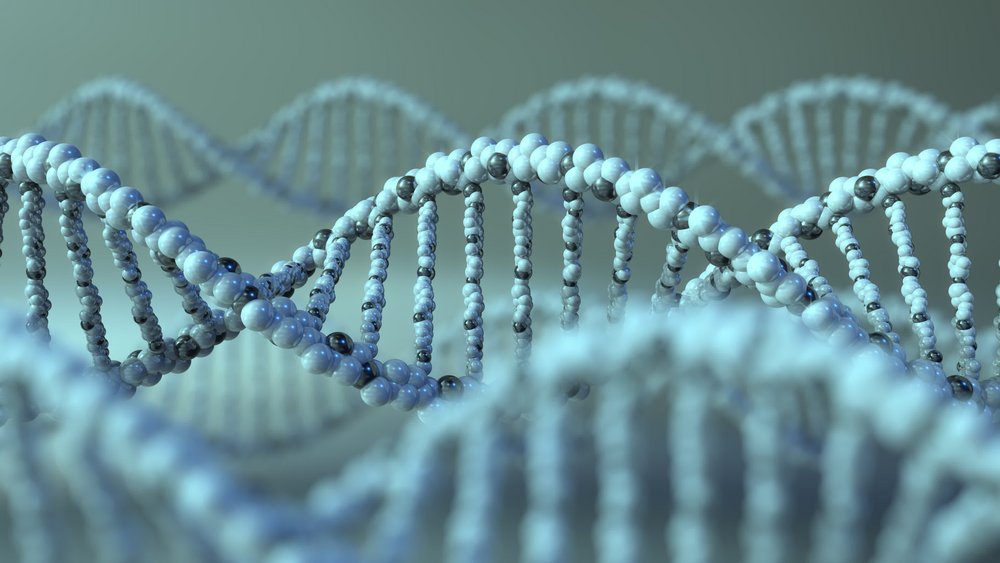Each living organism is built of chiral structures, which are characterised by the fact that their mirror image is different and cannot be superimposed onto the original object. Proteins, fats, sugars, enzymes, hormones and the DNA chain are examples of such chiral building blocks which living organisms are made of. A single molecule and its non-superimposable mirror image form a pair of enantiomers that have different chiraloptic properties.
"The great secret of life on Earth is the fundamental question of why certain structures occur only in one configuration, for example why amino acids are left-handed and occur only in the L ('left') configuration, and sugars are right-handed with D ('right') configuration? Why, in living organisms, is the DNA helix always right-handed and never left-handed? So far, no one has been able to clearly answer this fundamental question about the substance and formation of life on Earth "– says dr Paweł Krukowski from the Faculty of Physics and Applied Informatics at the University of Lodz.
What would life be like if living organisms suddenly found themselves "on the other side of the mirror"? Researchers from the Faculty of Physics and Applied Informatics, University of Lodz are trying to find the answer, among others, to this question. Together with researchers from the Osaka University, they conduct intensive research on the nanoscale molecular chirality, i.e., at the level of a single molecule by the use of the scanning tunneling microscope (STM). The research is carried out as part of the SONATA BIS 7 research project financed by the National Science Centre.
Researchers from the team of dr Krukowski, University of Lodz, deal with chiral molecules of helicene in the form – as they describe it – right- and left-handed springs. These are organic compounds that are characterised by strong intrinsic chiraloptic properties and have been used for years to build photovoltaic cells, and light-emitting diodes. They have also aroused unflagging interest among scientists.
Researchers from the University of Lodz study the chirality of single molecules by the use of STM. "The use of this microscope enables us to obtain fantastic spatial resolution. We are able to observe and identify even a single chiral molecule adsorbed on a flat metallic substrate. Such an approach is rare due to the difficulty of conducting such research" – explains dr Krukowski.
As a result of the interaction between different molecules of the helicene, as well as between the surface and the molecule, spontaneous molecular segregation may occur – describes dr Krukowski. Molecular domains consisting of only one enantiomer can develop. In some cases, however, formation of molecular domains consisting of two enantiomers is observed. Research shows that the type of molecular domains, molecular order, depends very strongly on e.g., the type of substrate and its symmetry.
Scientists study the intermolecular interaction of chiral helicene molecules and explain the phenomena of spontaneous segregation of individual enantiomers, when it occurs and when it does not. In the future, such research may facilitate, for example, the design of efficient OLEDs.
Currently, the researchers are constructing a special, world-unique TERS-STM spectrometer, operating in ultrahigh vacuum and cryogenic temperature conditions, which could enable significant progress in the research. It is a device that combines the atomic spatial resolution of an STM and the chemical identification that is possible using Raman spectroscopy.
"The new spectrometer will be a breakthrough in identification of chirality of single molecules adsorbed on the surface based on the analysis of the degree of circular polarization of the light scattered on a single molecule" – says dr Krukowski. Scientists from the University of Lodz want to verify the results that have been obtained so far by the use of the newly developed TERS-STM spectrometer.
Research and identification of enantiomers is a very important issue for chemists, biologists, physicists and also for the pharmaceutical industry. This is shown, for example, in the history of the medication for headache and nausea called Thalidomide in the mid-20th century. It was only after a series of negative side effects of this drug found in pregnant patients and their children with serious malformations that the studies showed that right-handed chiral molecules are very dangerous for human health, while the same, but left-handed, molecules constitute an effective drug. Since then, enormous financial resources have been allocated to develop an effective method of enantiomeric separation, i.e., separation of the left-handed from the right-handed molecules.
Source: PAP - Science in Poland
Translation: Promotion Centre, UL

